And The Spirit Survives
At the same time, the desire to convert or "civilize" the Native Americans according to the Christian faith led to bans on traditional and religious practices; for example, Pow Wows, the Sundance, and the use of the peyote were discouraged or banned. Generations of Native American children were forcibly separated from their families and sent to residential schools to indoctrinate them in Western life. They were often subjected to physical, mental, and sexual abuse at the residential schools.
The attitude towards Native Americans has gradually softened in recent decades. Native Americans were granted US citizenship in the early 1900s, and today, reservations have the status of sovereign nations. Many aspects of Native American tradition have survived over the centuries. And yet the oppression has taken its toll in other ways. The once matriarchal society has given way to women facing an uphill battle against abuse and domestic violence.
The settlers established systems of oppression to wipe out Native American populations, culture, and languages. Centuries of oppression have resulted in generational trauma leading to high depression, alcoholism, and teenage suicides.
This project documents the struggle of self-determination and self-preservation of the Native Americans today, after over three centuries of settler colonization.
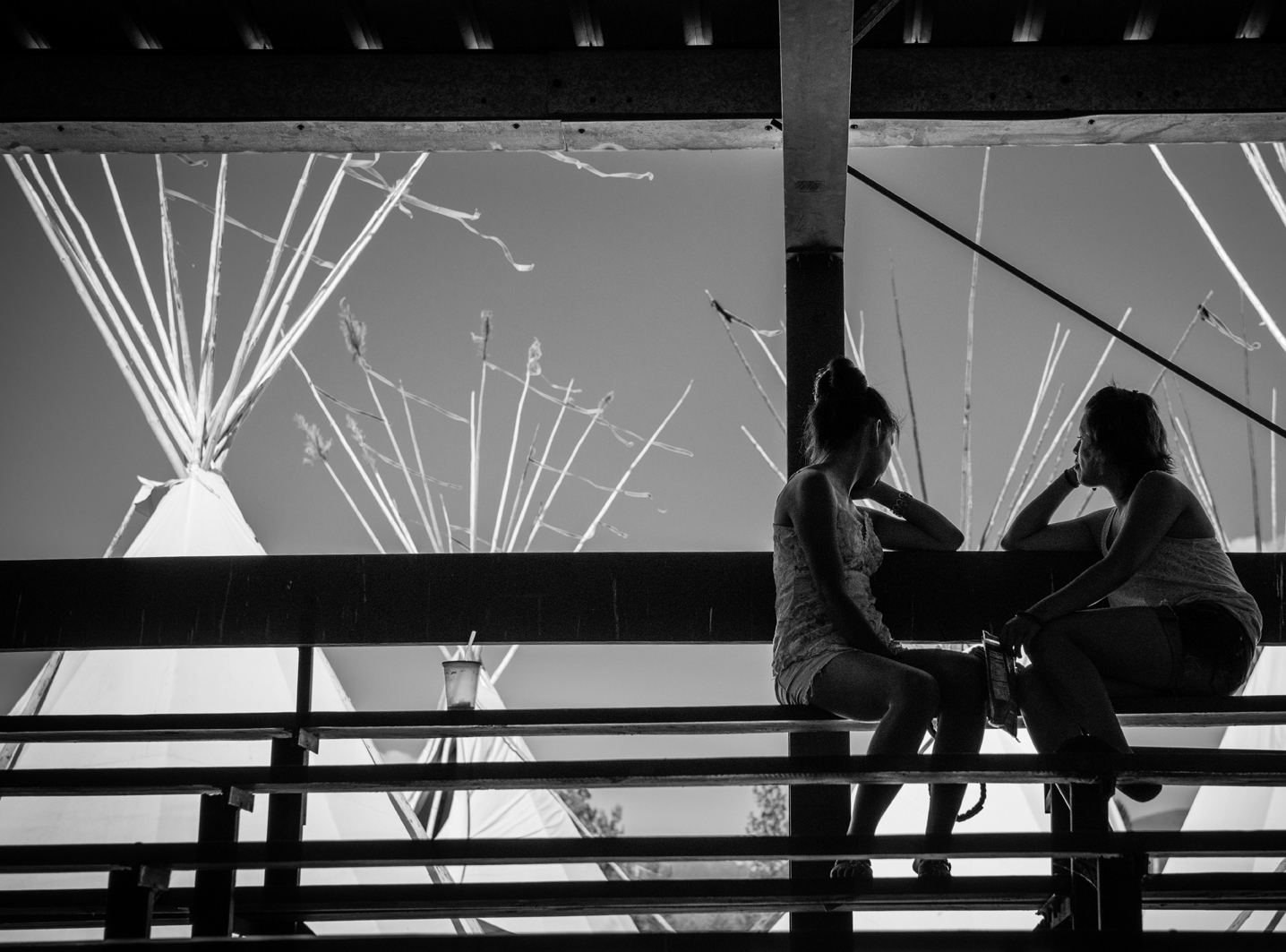
1 / 13
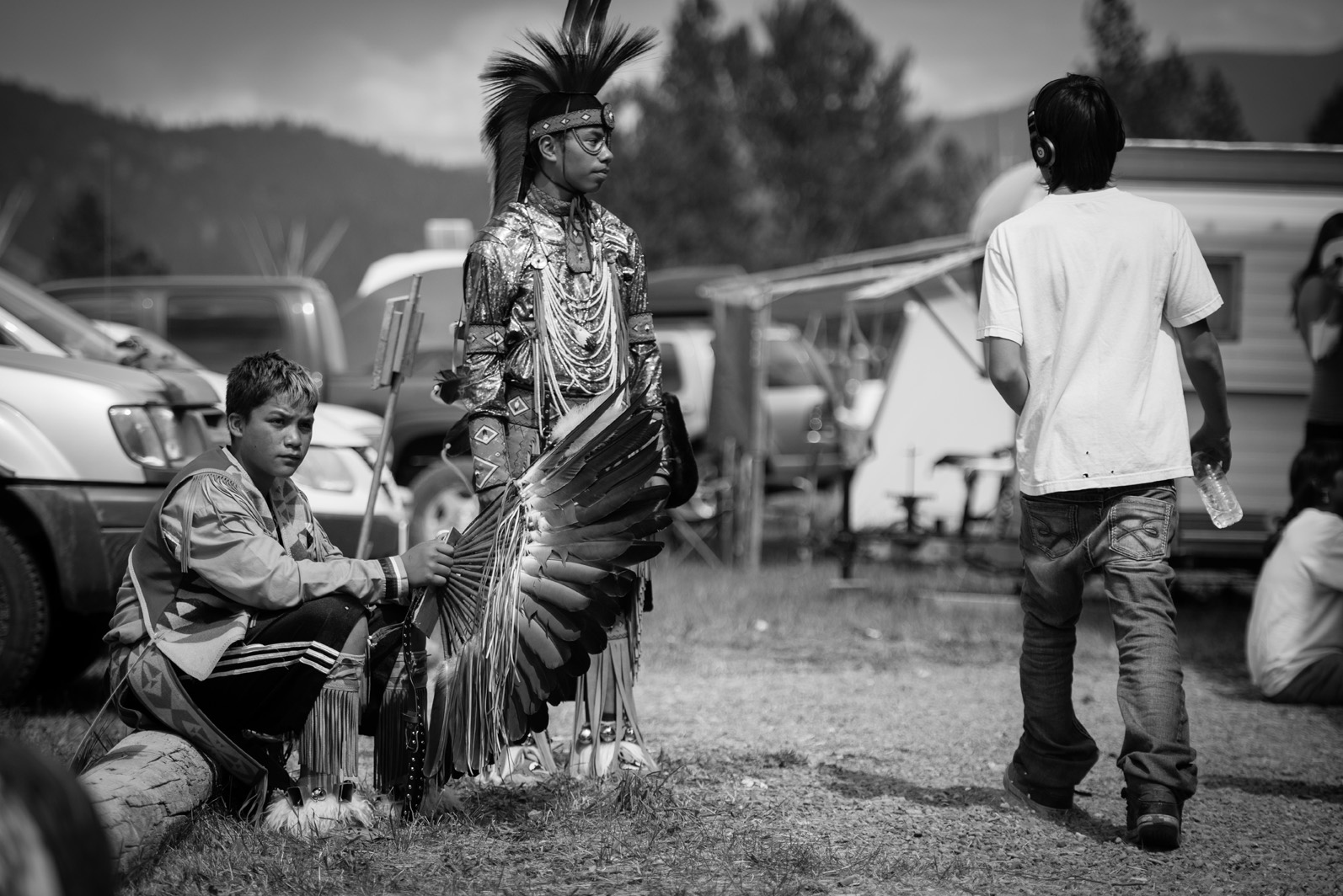
2 / 13
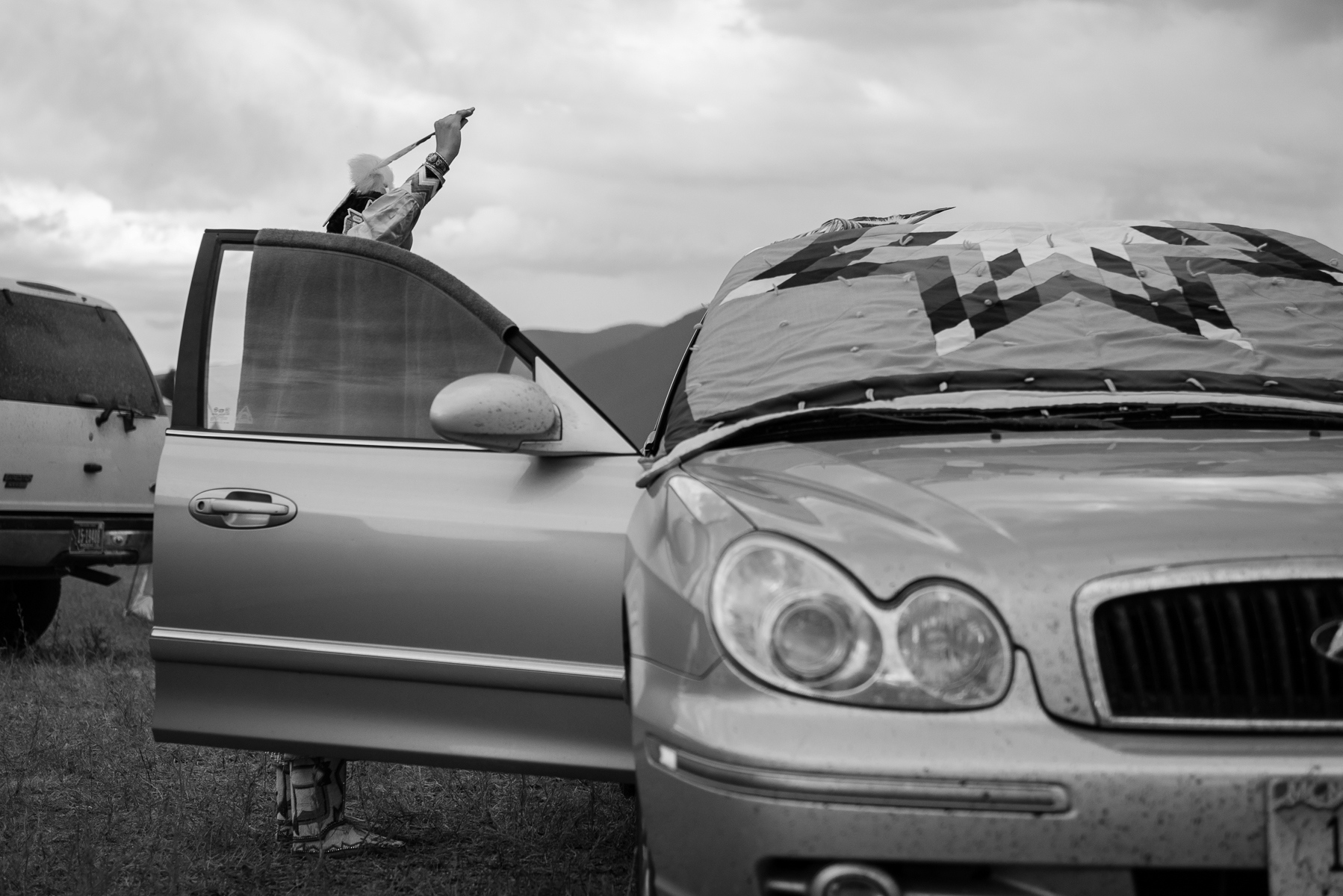
3 / 13
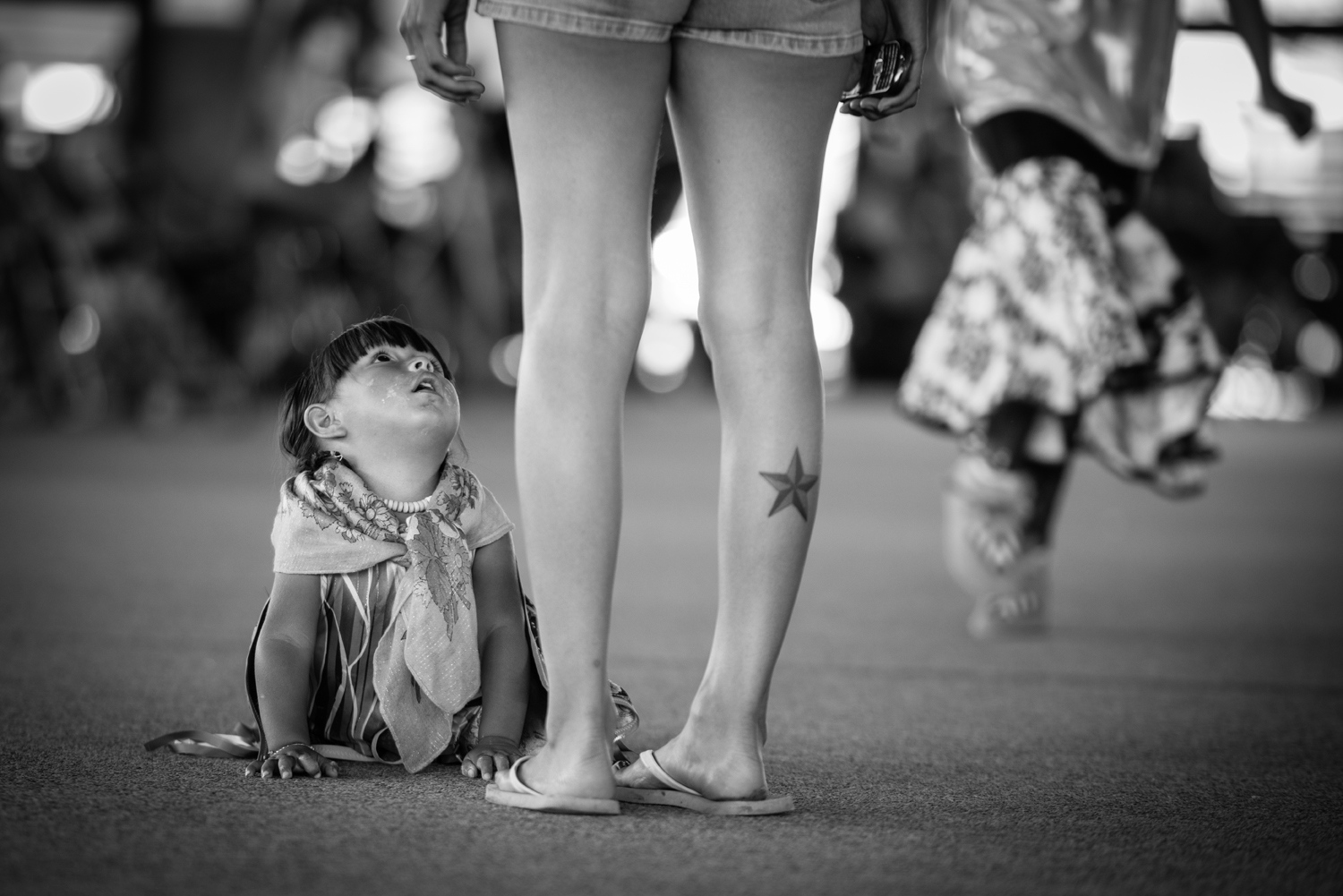
4 / 13
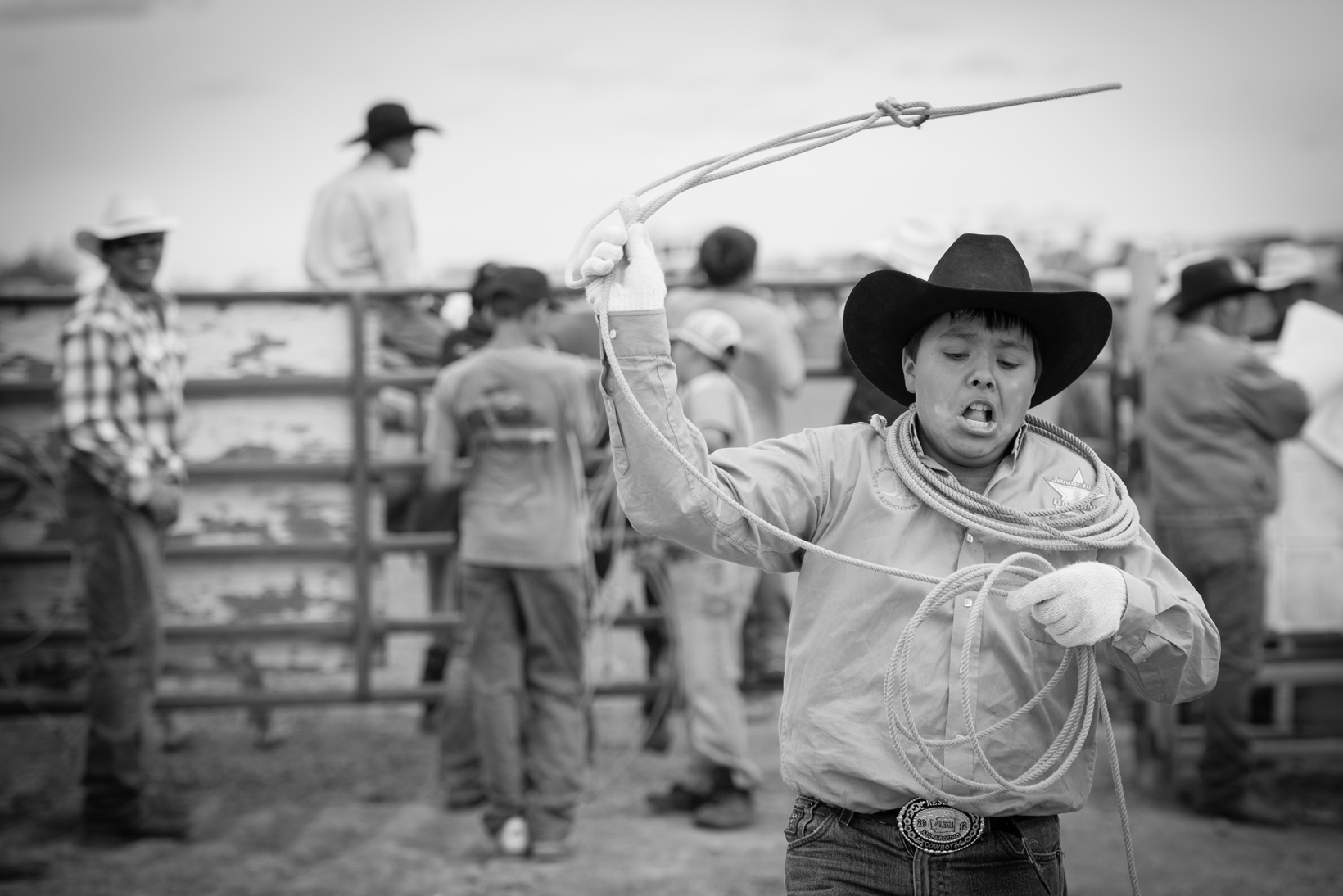
5 / 13
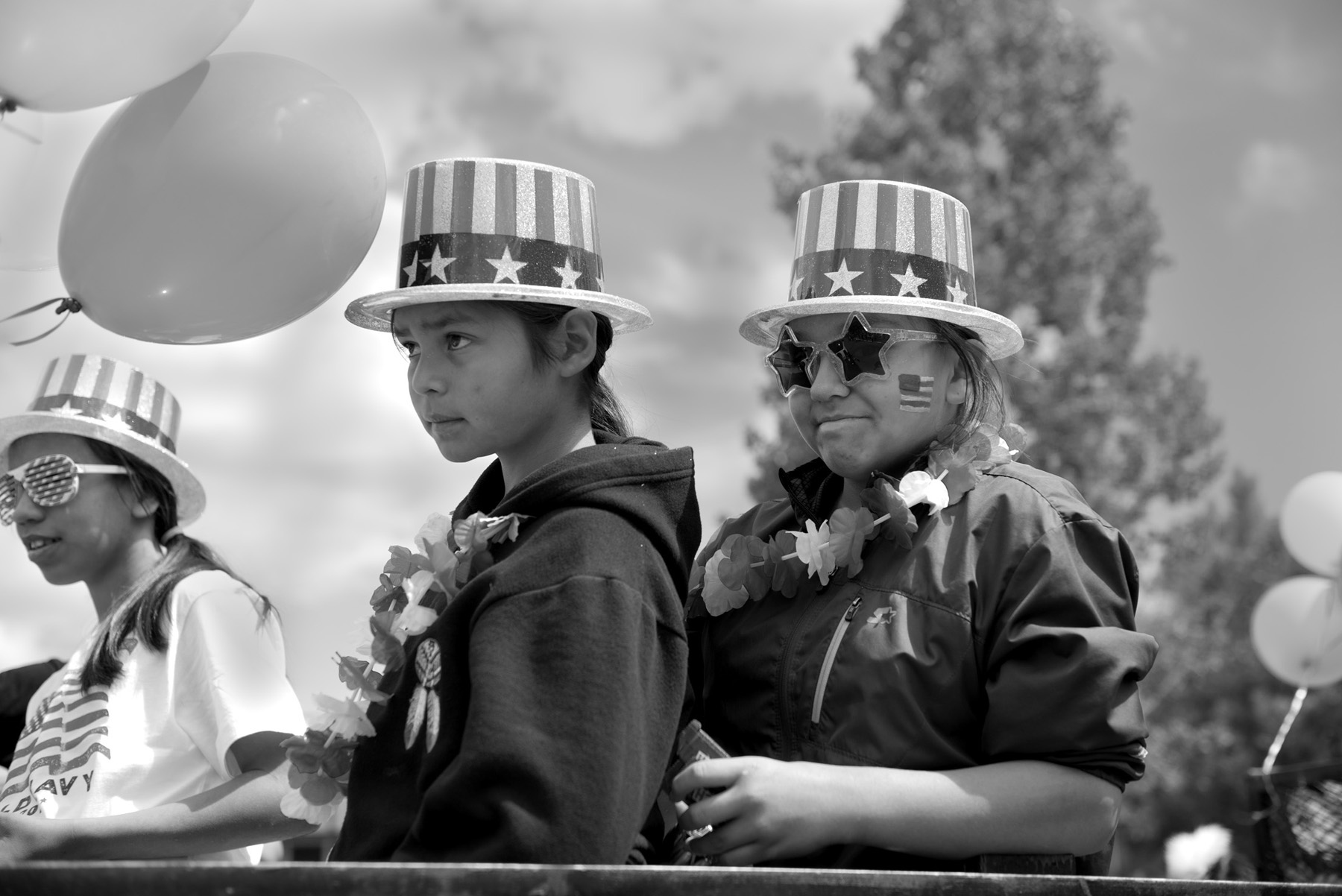
6 / 13

7 / 13
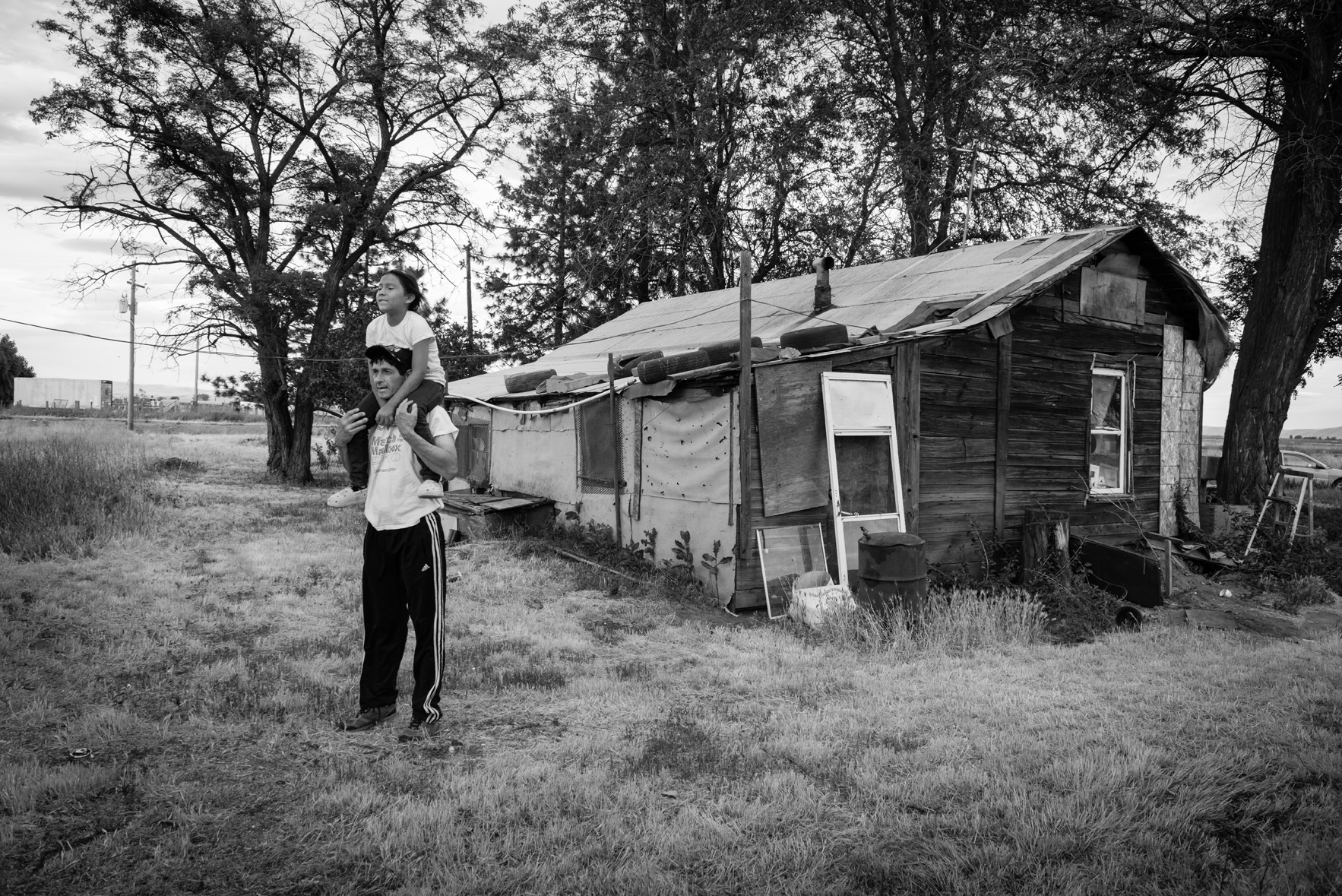
8 / 13
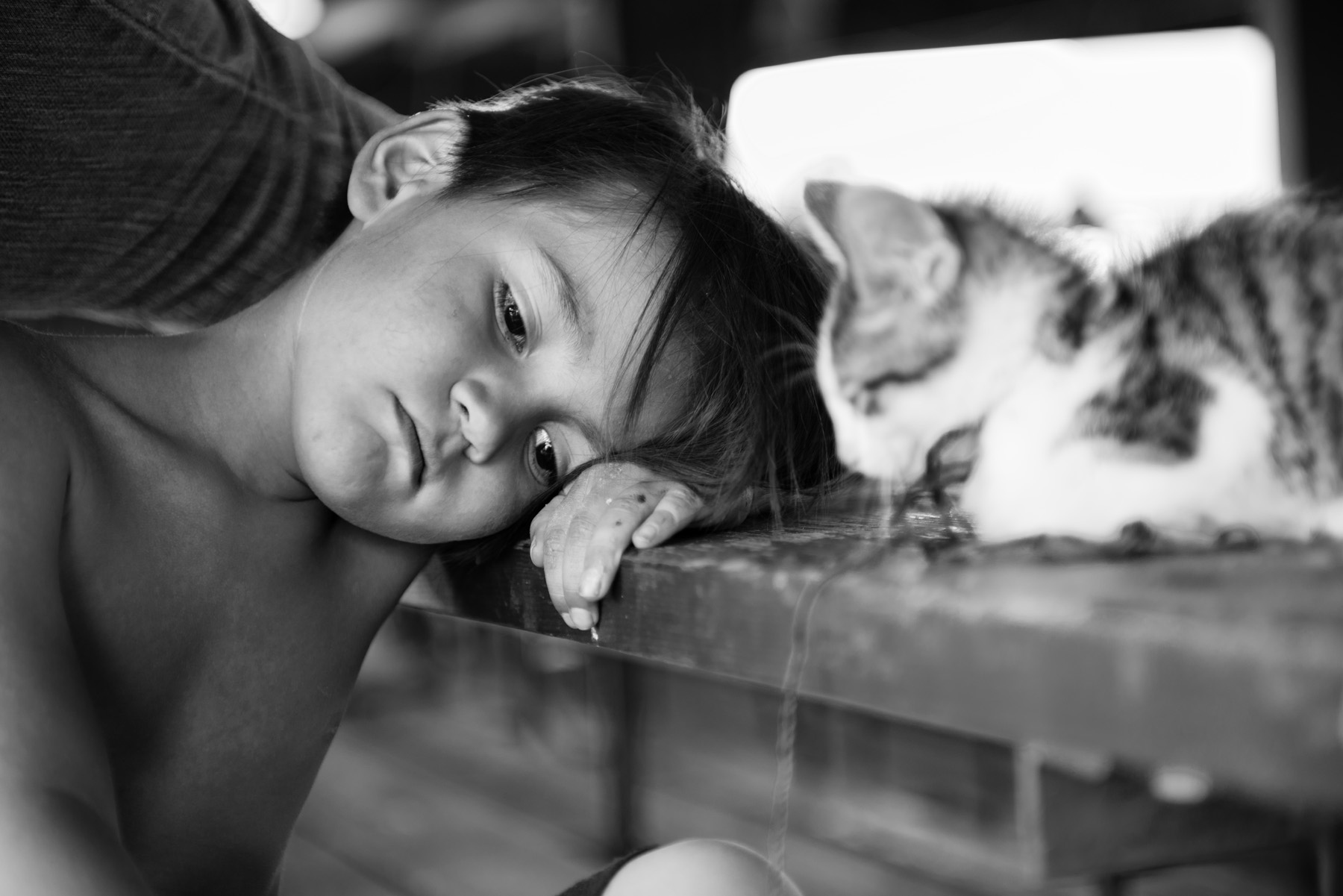
9 / 13
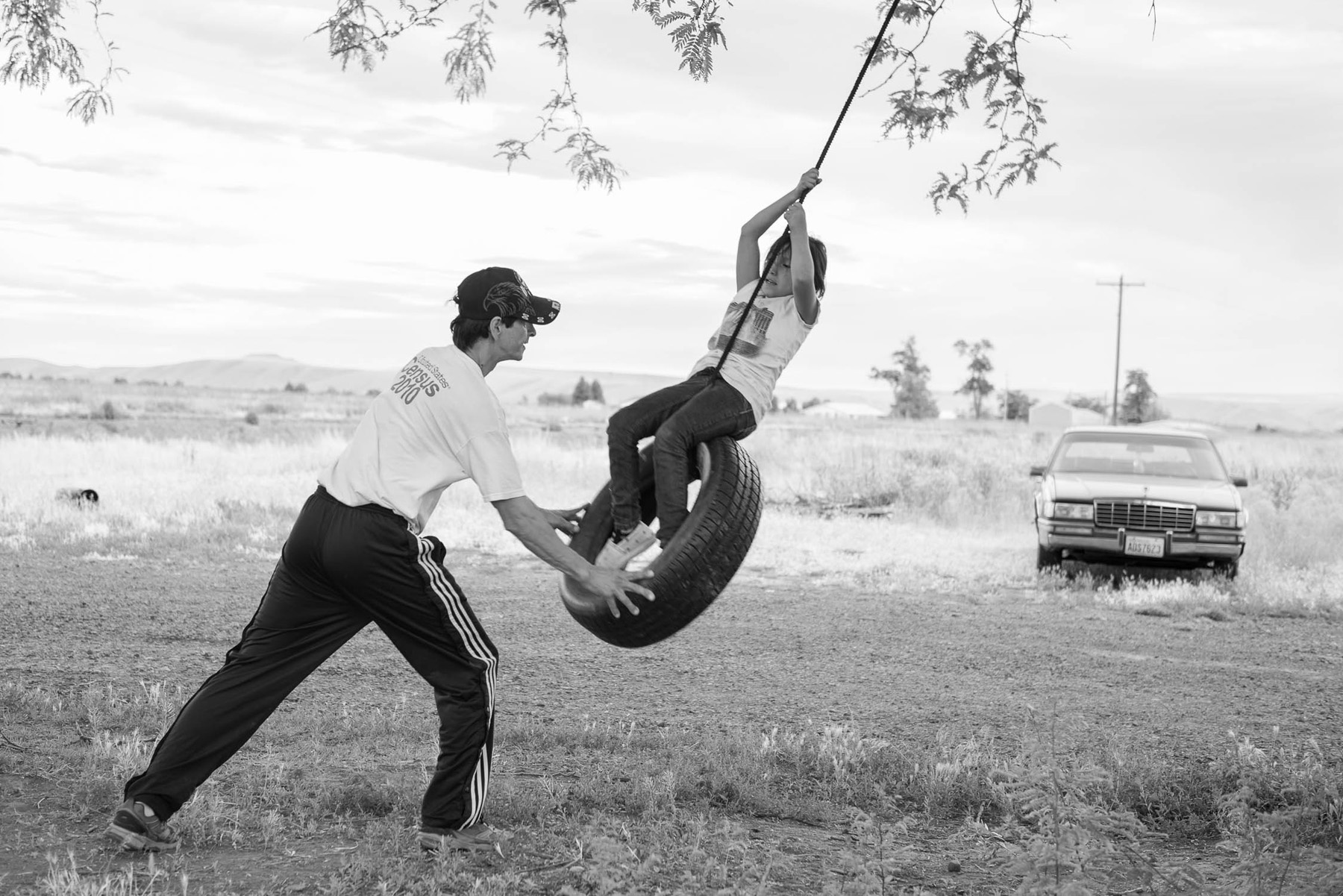
10 / 13
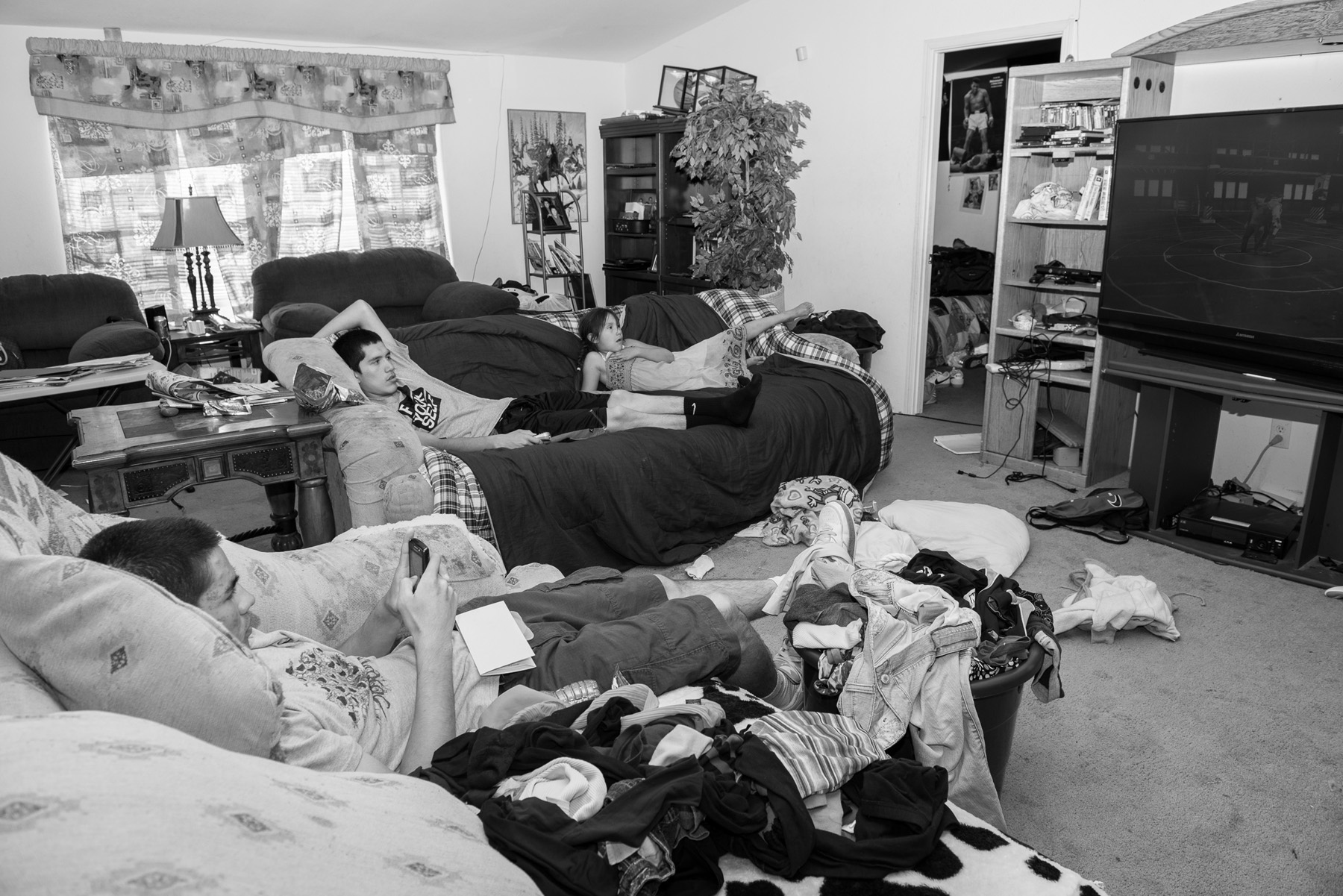
11 / 13
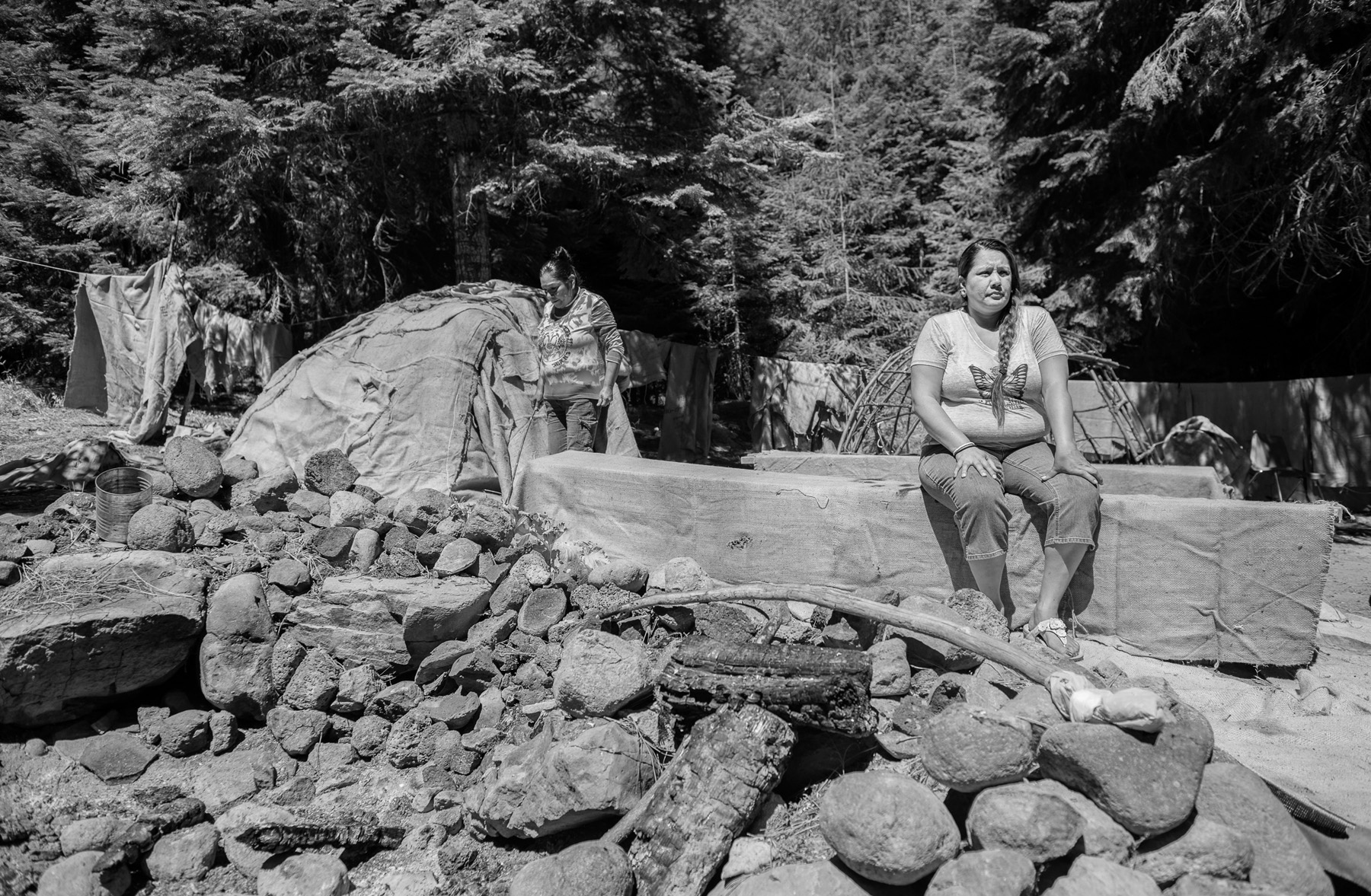
12 / 13
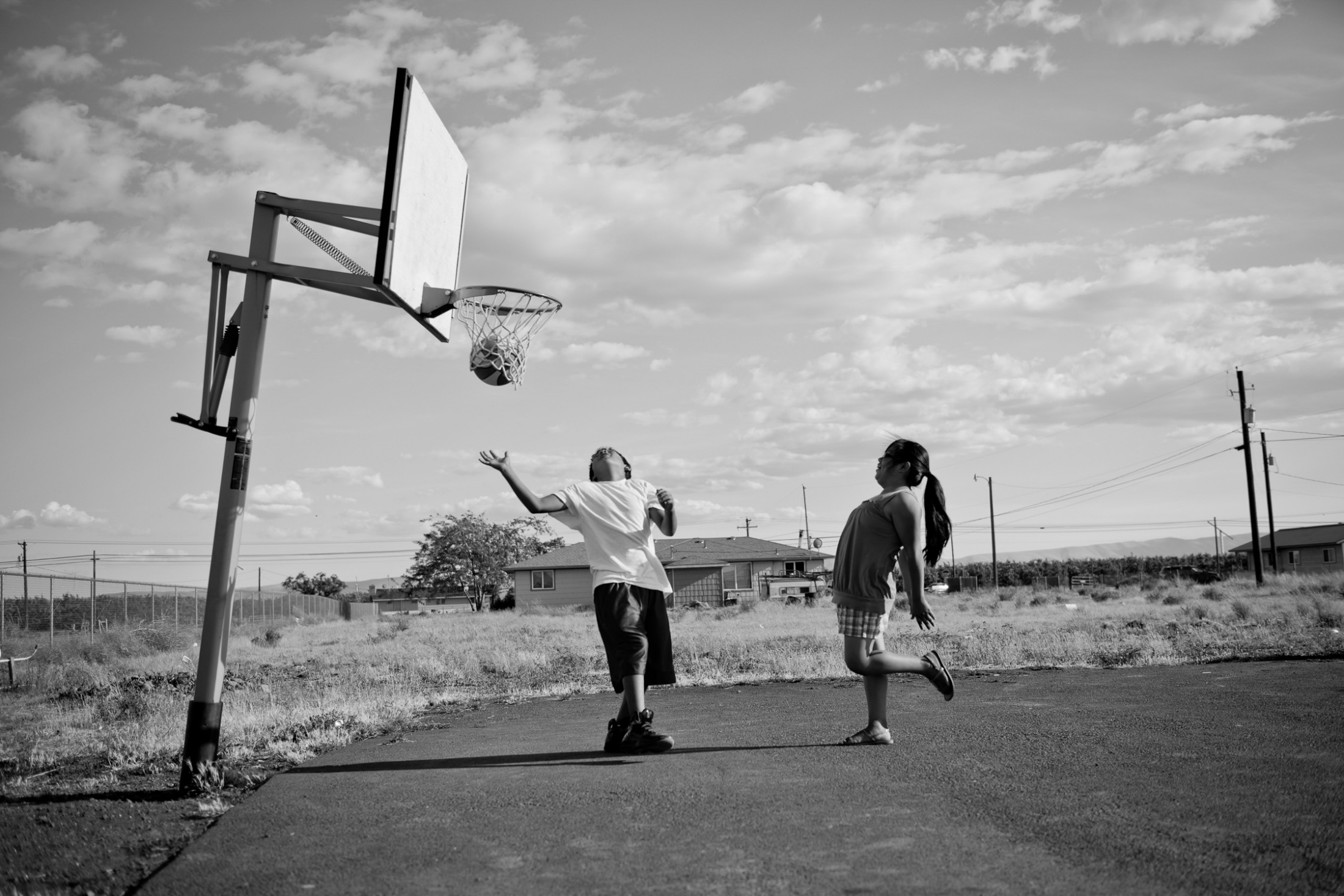
13 / 13



























